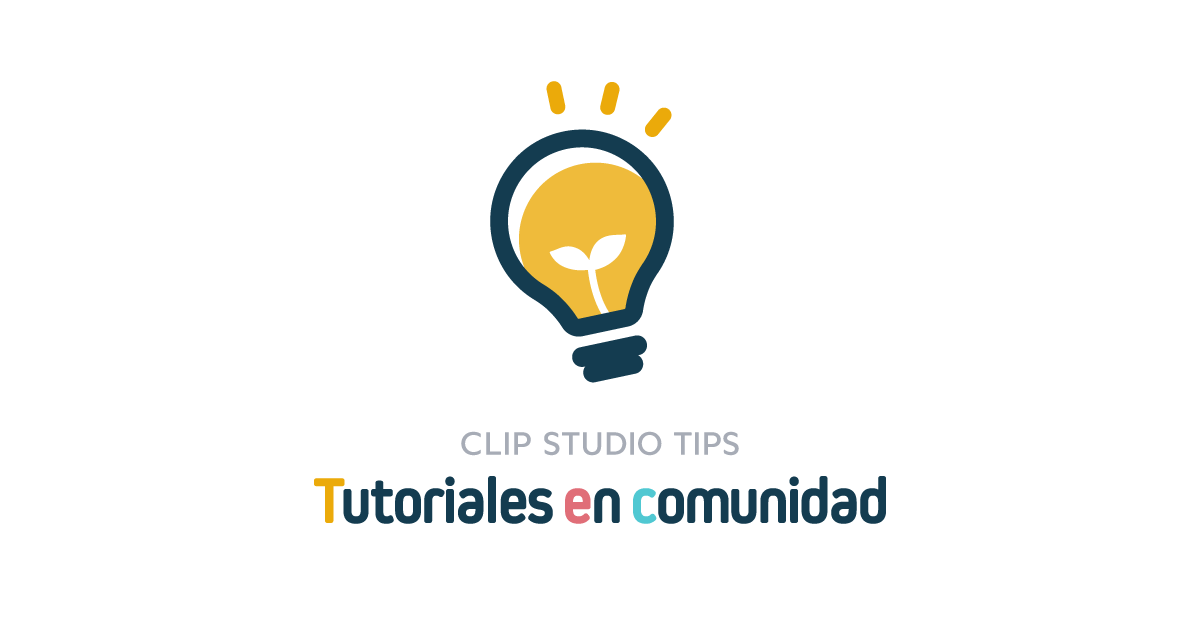How to draw A Glass of wine with pencil on CSP
Introduction
Hello guys, I'm going to be explaining how to draw with pencil on CSP. But before that I will be explaining a few things to know. I do realistic drawing on paper, but when I started digital art. The first thing that came to my mind was how to replicate what I do on paper in CSP.
So, I'm going to explain the technique I use to create an Ultra realistic pencil drawing on CSP.
Corresponding CSP Tools
Pencil
For the pencil, I use the normal pencil on CSP for drawing out the lines and use hard lead pencil for sketching and fine grain pencil for other sections. You can find this on Clip studio assets.
Blending stump
I use the extra detail blend tool. It works well. You can also find this on Clip studio assets.
Eraser
I use the soft eraser (not hard), the soft eraser erases gradually not immediately, it allows you to control what you are erasing.
White pencil
I use the hard eraser, it erases what you want completely. It is good for highlighting. Soft eraser can also be used by increasing the Opacity to 100 and repeatedly erasing until you are satisfied.
Pencil Techniques
Shading technique
Hatching
I use the hatching shading technique generally, It is done by drawing lines to and fro.
Cross hatching
This is drawing lines crossing each other. I sometimes use it when I want an area to be really dark.
Scribbling
This is just randomly shading in scribbles and circles. I use this for areas that are tight where I don't want my shading to run out of area I want to shade.
Blending
I use this to give my shading a smooth appearance. I use the extra detail blend tool for this.
Transition (gradient)
When I want to create as gradient (transition from dark to light), I use the soft eraser and adjust the opacity according to how I want it to appear.
Highlight
This is used when I want an area to reflect light
Drawing A Glass of wine
Starting (line drawing)
First, draw out the line of the shape of what you are drawing and also any internal pattern you will be adding or drawing. This will serve as a guide. Then lower the opacity of this layer.
Sketching
Create a new layer.
Use the Hard lead pencil for sketching adjust the opacity and brush size of your pencil and sketch out the structure of your drawing for foundation.
Detailing
Create a new layer. Select the fine grain pencil. I use this pencil for detailing because it gives a smoother texture and makes it easier to blend. Start shading using the hatching technique. Go in with your pencil while increasing the opacity for darker areas, like shadows. also reducing the opacity for less dark or lighter areas. Adjust the brush size for tight spot to avoid letting your shading run out of area you are shading. If you feel like you have to cover a large area, you can increase the brush size a little. and zoom in for accuracy.
In this section you have to be patient. Realistic drawing takes time. So, you should never rush your drawing and don't be impatient to finish your drawing, the result won't be good. You can listen to music while shading.
You can see how I'm patiently shading this step by step.
Blending
Before you start blending. Mark the line, sketching, and shading layers. Merge them together by long pressing one of the selected layers and select merge selected layers.
Use the extra detail blend tool to start blending to give the shading a smooth texture. Do this also with patience.
Note: when blending the tone becomes lighter so let your detailing be very dark
When blending, don't tighten your grip on your stylus, lighten your grip and let it move very freely, this increases the rate at which you move you move your stylus to and fro, it will be effective to the extent that you can completely erase a spot if you want. you can adjust the opacity when necessary.
Finalizing (Highlight)
Most artist will agree with me that this is the most enjoyable part. There is this joy we feel when our drawing comes to life.
This is where we use the soft eraser for areas that are a little light or transition between dark and light place and hard eraser for areas completely reflecting light (they appear white). And also apply more pencil to areas that needs to be very dark when necessary.
While doing all this, adjust the opacity and brush size accordingly.
And finally,!.. here is the finished product of our drawing.
For starters, start with less complicated object. To improve your skills. It's okay if you're are not that satisfied with your result. You will surely get there as long as you keep practicing
Like this spoon drawing, take a look at the process below.
Line
Sketch
Detail
Blend
Highlight
You can practice your hatching technique until you get better. Practice makes perfect.
You can find the two pencils I used with the link below.
You can also find the extra detail smudge to perfection blending tool with the below link.
Closing
Well, here it is guys, I hope you learnt a thing or two from this tutorial, if you have any question or comment, feel free to drop it in the comment box below, thank you for reading and until next time I come your way again, It's bye for now.










Comentario